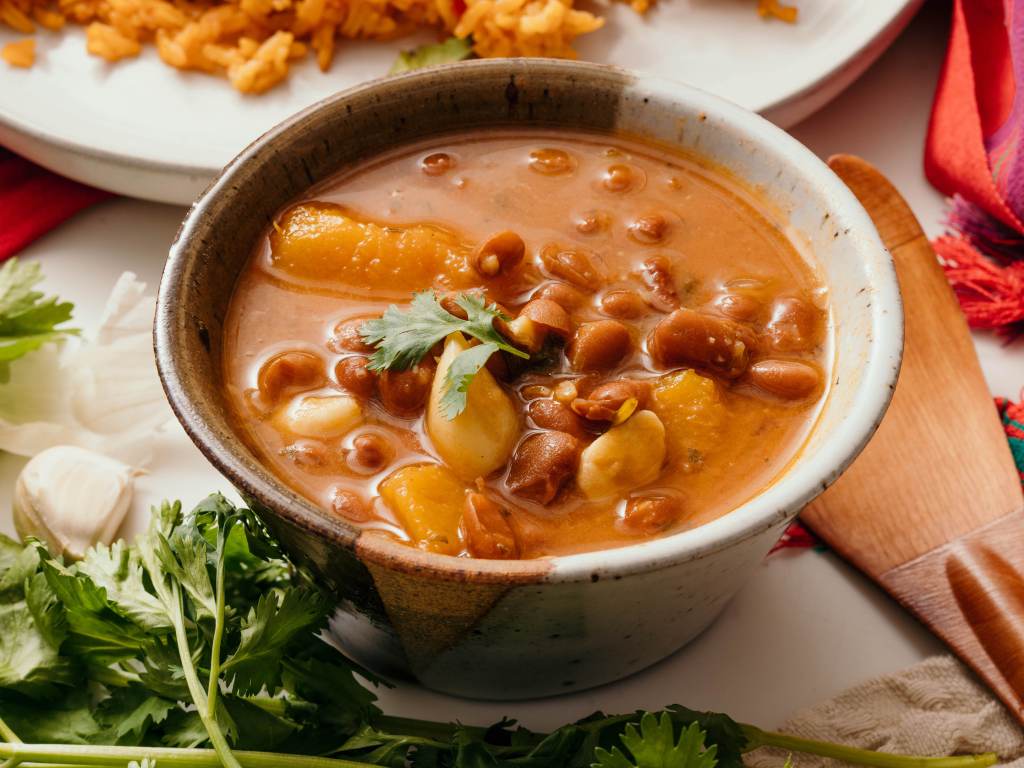Frijoles, or beans, are a staple in Hispanic cuisine. Most meals feature beans in some form and Hispanic cooking truly celebrates the versatility and of course, deliciousness, of the tiny legumes. Few people know more about the importance of beans in Hispanic cooking than Chef Zee, a New York-based foodie, content creator, and founder of Chef Zee Cooks. “Frijoles are the perfect complement to so many dishes in Hispanic cooking,” Chef Zee told She Knows. “They’re also really affordable, super nutritious, and super filling so they’re also very accessible.”
In celebration of Hispanic Heritage Month, Chef Zee showed us two ways to make frijoles: Cuban-style and Dominican-style. Growing up in a Cuban-Dominican household, Chef Zee learned these delicious recipes from her family and considers them a staple in her meal rotation.
“You can pair either of these recipes with rice or any starch you want and they’re both out of this world,” Chef Zee says. First up, let’s dig into the Cuban-style frijoles.
Cuban Style
“On the Cuban side of the family, black beans reign supreme,” Chef Zee says. “You want your beans as dark as possible, which you can achieve by stewing them really slowly and making sure that the water they release is as dark as possible.” Unlike some other frijole recipes, Chef Zee explained that this Cuban-style recipe doesn’t contain as much tomato paste because the tomato paste can change the color of the beans too much. “The most exciting part about black beans is when you take a big spoonful and pour it over your rice and it just turns all of the rice black too,” Chef Zee says.
To make Chef Zee’s Cuban-style frijoles, you can get the full recipe from Chef Zee Cooks
Dominican Style
While black beans steal the show in Chef Zee’s Cuban-style frijoles, pinto beans take center stage in her Dominican-style frijoles recipe. “Dominican beans are so near and dear to my heart, but they couldn’t be more different than black beans,” Chef Zee explains. “Cuban beans are thicker and darker and the flavor profile is different, whereas Dominican beans are more like a soup.”
To really make the flavors of these Dominican beans shine, Chef Zee likes to add a secret ingredient to add the perfect amount of sweetness. “The thing that kind of sets them apart is that they’re a touch more herbaceous, and they’re a little bit sweeter because one of the things that we like to do is add some type of squash or pumpkin to it,” Chef Zee says.
You can get the full recipe from Chef Zee Cooks.
Before you go, check out our gallery:
Source: Read Full Article




